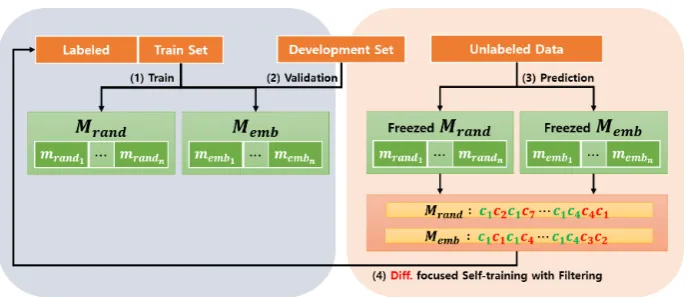Delta training: Simple Semi Supervised Text Classification using Pretrained Word Embeddings
Full text
Figure




Related documents
Simplified personal accident and life (funeral) insurance policies. Limited, un- incentivised sales interaction between retailer staff and client. Cash premiums paid
Regardless of which entry mode strategy is chosen, OMI must have in place a clear, documented, and actionable plan to guide their decision-making in identifying
The grantee also shall provide to the cognizant NSF Program Officer, within 90 days following the expiration date of the award, any unique reports or other end products specified
Work is been under- taken to develop specialized transoral robotic retractors which will improve visualization and allow the robotic instrument to reach the glottis, which
the cloud evaluation and investment decision to minimize the total computing costs requires a basic un- derstanding of the relationships between the cost of computing resources,
Favier and de Almeida EURASIP Journal on Advances in Signal Processing 2014, 2014 142 http //asp eurasipjournals com/content/2014/1/142 REVIEW Open Access Overview of constrained
Several in vitro assays, including 1,1-diphenyl-2-picrylhydrazyl hydrate (DPPH) radical-scavenging assay and 2,2-azino-bis (3-eth- ylbenzothiazoline-6-sulfonic acid) diammonium